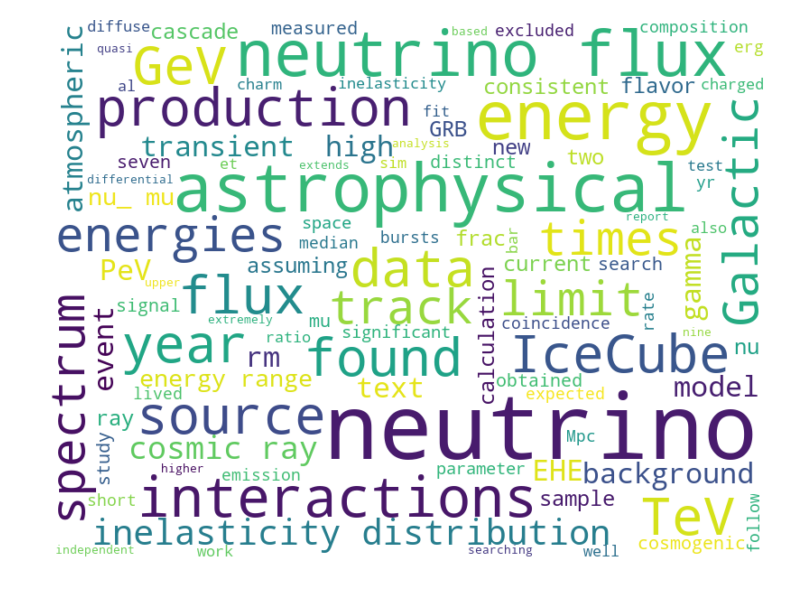Alex Pizzuto
Neutrino Astronomy with the IceCube Neutrino Observatory

Since December 2017, I have been working on identifying the sources astrophysical neutrinos in the research group of Dr. Justin Vandenbroucke.
Neutrinos — "little neutral ones" — are one of the peskiest particles in the Standard Model. They have no electromagnetic charge and a mass that is even smaller than that of an electron. They can travel through extraordinary amounts of matter before they interact with something. In fact, for certain energies, neutrinos could pass through a light year of lead, and still be over 50% likely to have made it through without interacting with anything. Because neutrinos are able to pass through material without interacting, they can carry information about some of nature's most extreme astrophysical environments, reaching us on Earth when other types of messengers – like light – wouldn't be able to. However, the same properties that make neutrinos great messengers make them particularly difficult to detect.
Realtime Neutrino Astrophysics
One of the most exciting aspects of multi-messenger astronomy is that discoveries occur rapidly and with only a moment's notice. Mergers of neutron stars, the deaths of massive stars, flares from active galaxies, these all wait on nobody, and we need to have the ability to comb through our data in real time as these amazing cosmic events are underway. For some recent papers describing my recent work building pipelines for realtime neutrino astronomy, check out my publications page.
Galactic Novae
Over the last decade, an interesting class of objects – novae – have been puzzling astronomers. These objects were recently discovered to emit light in the most energetic band, gamma rays, and just recently, it has been hypothesized that these gamma rays are the result of shocks. All of this is promising for neutrino production. However, any neutrinos from these objects would be much lower energy than IceCube typically analyzes, and to tackle this issue I've been working on combining different statistical techniques.
ANITA Anomalous Events
IceCube is not the only neutrino detector that has operated in Antarctica. Over the last few years, a balloon experiment, ANITA, flew several succesful missions and detected a few interesting signals. I've been using IceCube to see if similar signals show up in another detector. This work is also summarized in a few papers on the publications page.